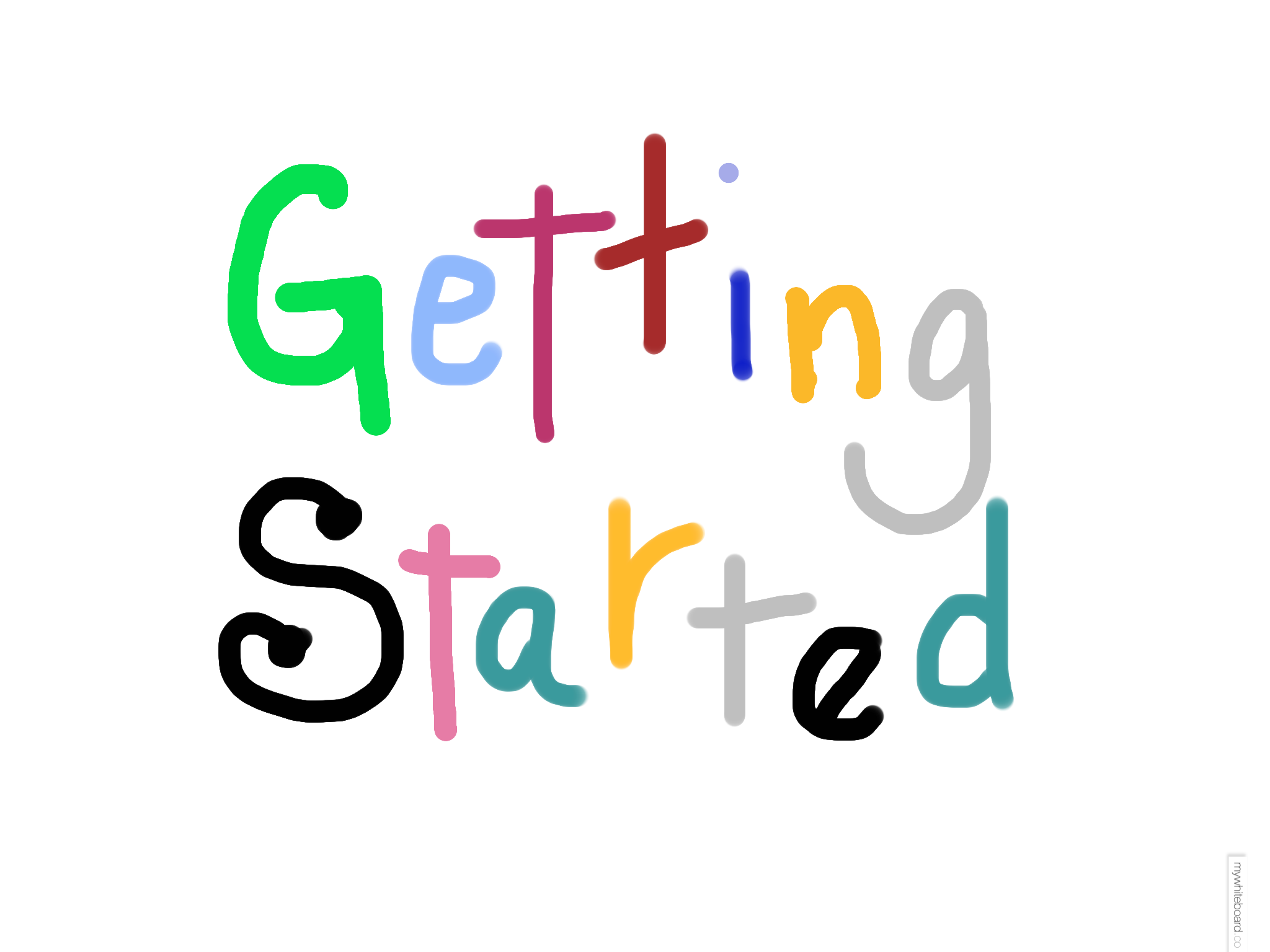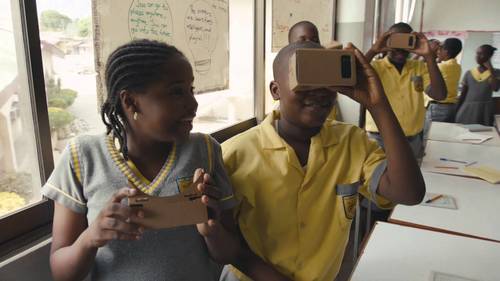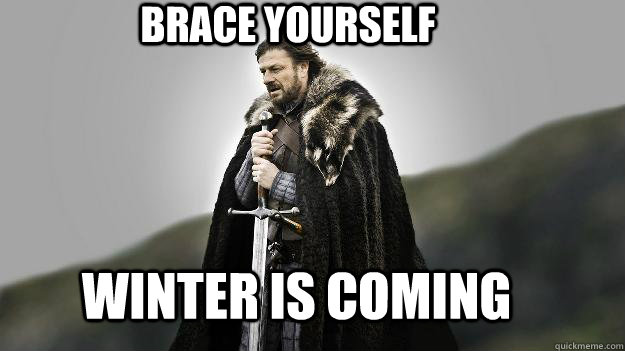
When I'm learning something new, I take note of it's
- Importance
- Limitations
- Terms
- Tools
Why learn VR?
I had the opportunity of attending a Ted event last weekend, and one of the things that struck me was when Judith, the founder of Imisi3D made mention of the use of VR with Autistic people, creating a virtual world in which they can connect to. That was when I realised that Virtual Reality is actually here to stay.
Judith also went further to talk about VR in healthcare, education, entertainment, tourism and also as a storying telling tool. Using storytelling to change narratives to shape the mindset of people has been one of the things that got me interested in VR.
If you want to know more about the future of Virtual Reality, check out this talk by Jesse Schell.
VR limitations
I have been reading a lot on how to create good contents for VR and also ways to avoid motion sickness while developing and designing for VR. Virtual Reality sickness can cause nausea, general discomfort, headache e.t.c
Nonetheless, VR developers must make sure that they create content suitable for all kinds of users.
The only limitation to VR is the content creator.
- Judith Okonkwo
When creating content for VR, here are some major key things to lookout for:
- Make sure that your users know where they are, who they are, and what they are supposed to do next.
- As a VR developer, when building VR experiences, you need to familiarize yourself with stage directions, set design, and also the use of props.
- Direct, guide and hold the attention of your users using colors, pointers e.t.c.
Terms to get familiar with

Try placing your phone directly in front of eyes, you'll notice that it's difficult to view because of its blurring effect.
Some of the concepts that make it possible to have a good VR experience when your phone is up close to your face include:
- Lenses - Allows objects really close to your eyes to be perceived as far away.The lenses correct how an object is viewed thereby removing the blurring effect.
- Optics - involves how the lenses focus on screens close to our eyes.
- Displays - sometimes called Head-mount displays are found in VR headsets which present the view to you. Examples include HTC Vive, Oculus Rift.
- Tracking - is the act of using an IMU(Inertial Measurement Unit) to keep track of your movement and rotation.
- Pixels - are dots that make up an image.
- Resolution - refers to the number of pixels in an image.
- Game Engine - is a framework used for game development. Unity 3D is the game engine I'll be making use of.
Tools
VR content require powerful PC but in order to get started, you can make use of these tools till you are able to get gaming PC for high-level development
- An Android phone or iPhone
- A laptop with 8GB+ RAM and at least memory space of 10GB
- Google cardboard or any Virtual Reality headsets. You can get it here.
- Unity game engine
Aside from the Udacity curriculum, I'll be doing some self-study to broaden my UX and UI knowledge and also learn a bit of 3D designs.
Brace yourselves, as we delve more into VR development.
Thanks Bayo for reviewing!

